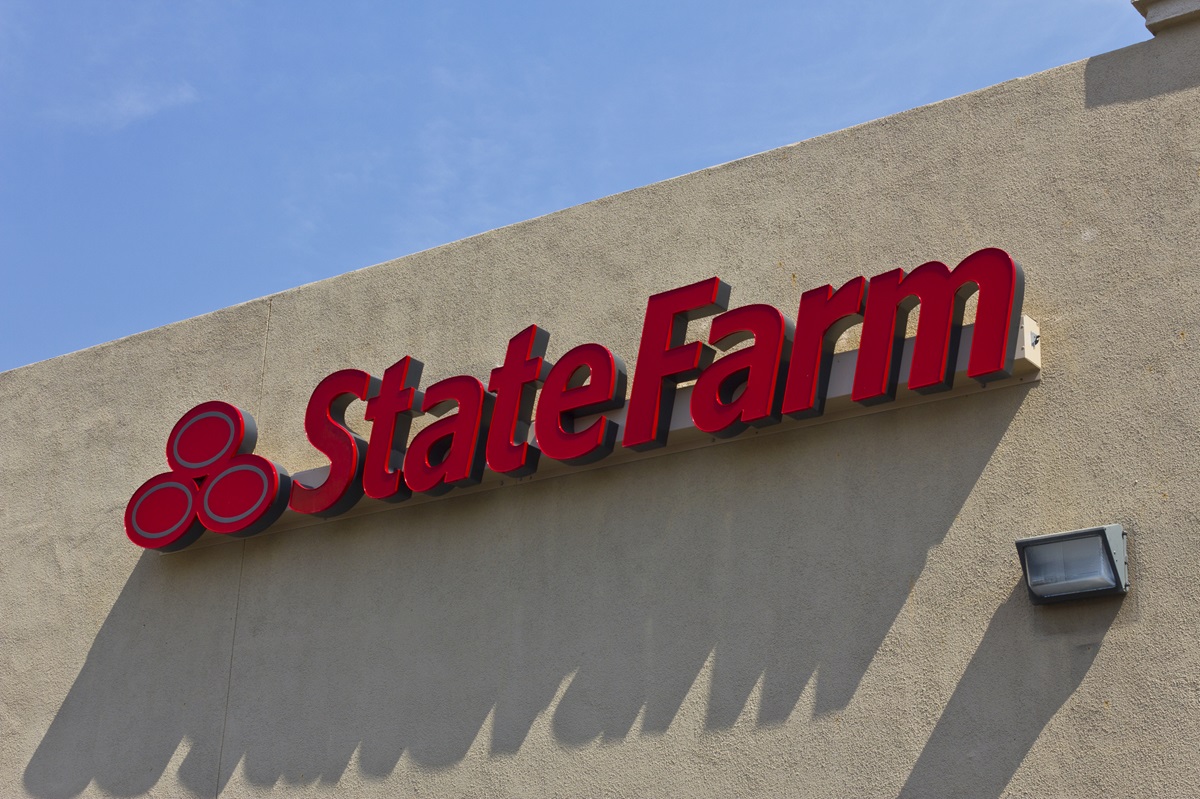State Farm’s Financial Struggles Amid Wildfire Claims
California is no stranger to devastating wildfires, and the recent Palisades and Eaton fires in Los Angeles have once again highlighted the financial strain these natural disasters impose. This time, the repercussions are driving California’s largest homeowner insurance provider, State Farm General, to seek an emergency interim rate hike of 22%. The company says the increase is necessary to stabilize its finances after paying over $1 billion in claims related to the destruction caused by the fires.
State Farm’s request, submitted to California’s Insurance Commissioner Ricardo Lara on Monday, notes that the wildfires are among the costliest in the company’s history. With more than 8,700 claims already filed and further payouts expected, the company’s claims-paying reserves—known as “surplus”—have been critically depleted. According to State Farm, failing to approve the rate hike could lead to “a dire situation” not only for the company but also for its customers and the broader insurance market in California.
But what does this mean for you and for other California homeowners? Rising premiums in the face of a growing climate crisis aren’t just affecting insurance companies—they’re reshaping the future of homeownership in the state.
California’s Insurance Crisis: What Homeowners Need to Know
If you own a home in California, you’ve likely felt the weight of increasing insurance costs in recent years. The state has some of the highest homeowner insurance premiums in the nation, and it’s not hard to see why. Many areas are considered high-risk zones for wildfires and other climate-related disasters, making it harder for insurers to manage losses.
State Farm’s request signals a broader crisis in the California insurance market. The company halted writing new policies in the state earlier this year and is already phasing out 30,000 existing policies. It’s a trend seen across the industry as insurers withdraw from high-risk areas or raise premiums so sharply that homeowners can no longer afford them.
For families trying to rebuild after devastating fires, the situation feels particularly unfair. Some residents are forced to turn to California’s FAIR Plan, a last-resort insurance option designed to help those who can’t find coverage anywhere else. While the FAIR Plan may act as a lifeline, it offers limited coverage at higher premiums. For many, it’s far from ideal.
“Insurance is becoming unaffordable and unavailable, particularly in wildfire-prone areas,” said one Los Angeles homeowner. “We’re being left to fend for ourselves, and it’s terrifying.”
Why Are Rates Rising? The Toll of Wildfires Explained
California has seen an alarming rise in natural disasters, with wildfires emerging as one of the most frequent and devastating. The sheer scale of destruction means that insurance companies are paying out record amounts just to cover claims. According to State Farm, the costs they’ve incurred from recent wildfires have made it impossible to maintain their current pricing structure.
To put things in perspective, the wildfires in Los Angeles alone have destroyed over 12,000 homes. The losses go beyond property damage—unpredictable risks create uncertainty about how much coverage companies might need to provide in the future. Insurers like State Farm argue that higher premiums are essential to cover these growing risks and avoid financial instability.
However, consumer advocates say that companies should be more transparent about their financial need for rate hikes. They argue that constant increases in premiums unfairly burden homeowners who are already recovering from losses.
Regulatory Efforts to Stabilize the Insurance Market
Recognizing the deepening insurance crisis, state regulators are stepping in to explore solutions. California Insurance Commissioner Ricardo Lara recently announced a strategy to incentivize insurers to cover more high-risk areas. The plan gives insurance companies three choices—maintaining at least 85% of their policy offerings in high-risk zones, growing their overall coverage by at least 5%, or assisting California FAIR Plan policyholders by transferring them back into the private market.
Governor Gavin Newsom has also voiced support for reforming California’s outdated insurance policies. He emphasized the urgency of creating long-term solutions that address the evolving risks associated with climate change. “Our insurance market needs modernization to keep pace with the intensity of the climate crisis,” Newsom said.
Still, the path forward remains unclear. While some initiatives aim to stabilize the market, many homeowners are left wondering how sustainable these changes will be, especially with insurance companies trimming their coverage areas or raising costs so dramatically.
What This Means for California Homeowners
For many Californians, the growing risk of wildfires isn’t just an environmental or insurance problem—it’s a deeply personal one. If you’re trying to maintain or secure homeowners insurance, you’ve likely felt the effects of this volatile landscape.
The reality is, insurance premiums are only heading in one direction—up. For those in high-risk zones, shopping for affordable coverage can feel like a losing battle. Meanwhile, decisions made at the policy level, like State Farm’s 22% rate hike request, often feel out of your control.
What can you do? Start by reviewing your policy to understand your current coverage limits and exclusions. If you’re in a high-risk area, consider home improvements that could make your property more fire-resistant, like clearing vegetation, installing fire-resistant roofing, or upgrading windows and doors. These changes could potentially earn you discounts, or at least keep your property insurable.
At a broader level, solutions to these challenges will require collaboration between regulators, insurers, and consumers. The insurance market needs modernization that accounts for climate realities yet offers stability for both companies and homeowners. While the future may feel uncertain, it’s clear that addressing the climate crisis and its impacts on everyday Californians is something that can’t wait.


